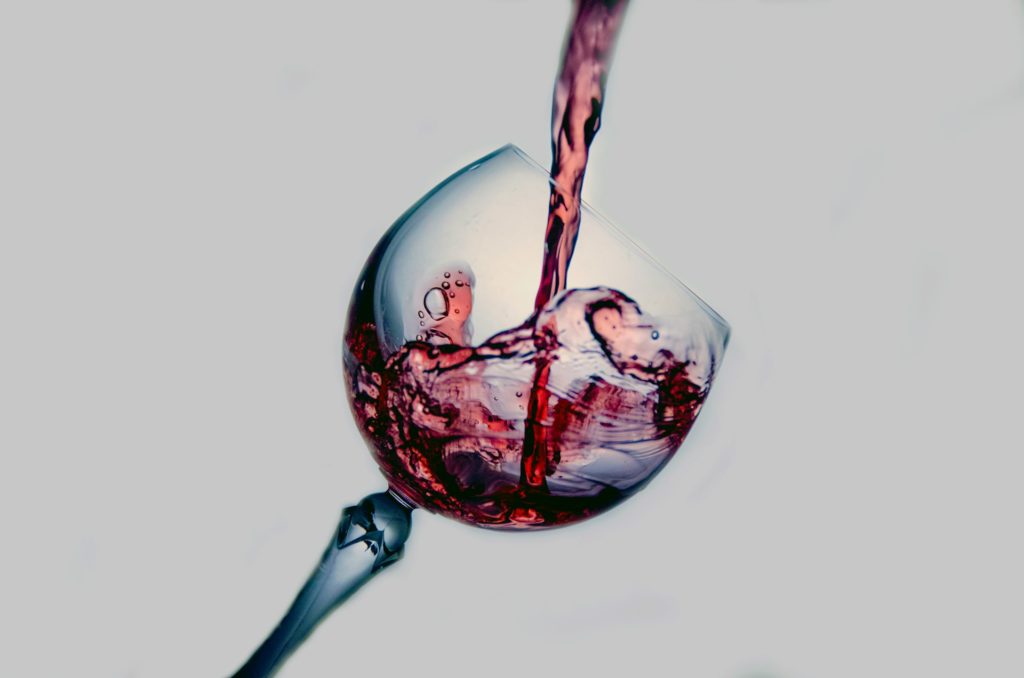What Does Full-Bodied Wine Mean?
Good wine is one of life’s greatest joys. Whether you are a novice or a connoisseur interested in just sipping or carefully analyzing, drinking a glass of wine can be a delightful experience.
Unfortunately, many people’s wine and its associated terms are more scary than delightful. The sheer magnitude of the subject appears overwhelming. But don’t worry; you don’t need to attend a course to appreciate the nuances of excellent wine. We are here to tell you all about “Full-Bodied Wine.”
What Is A Full-Bodied Wine?
The wine body is defined by how heavy and thick a wine tastes. It is a combination of several factors, including grape variety, alcohol concentration, and sweetness level.
If you’re seeking new faves, wine bodies are a wonderful way to distinguish grape varietals and determine your style preference.
How do you tell the body of a wine?
Here are a few clues to look for on the wine bottle:
- Alcohol Content: Wines with alcohol levels exceeding 14% tend to taste fuller-bodied.
- Grape Variety: Some grape types make fuller-bodied wines
- Oak Ageing: Wines aged in fresh oak barrels, like Bourbon, tend to taste full-bodied. Wine manufacturers frequently indicate oak aging on the rear label.
- Climate Type: In general, grapes cultivated in warmer climes make richer, fuller-bodied wines.
- Residual Sugar: Unfermented grape sugars remaining in a wine add body without adding sweetness. Unfortunately, this is rarely stated on wine labels.
Also Read: How Many Beers Equal a Shot of Vodka
Grape Variety Vs Body Wine
Some grape types are noted for producing wines well-suited to a specific wine body type. Here are some instances to consider.
Light-Bodied Red Wine
- Pinot noir
- Gamay
- Cinsault
- Frappato
Light-bodied red wines often have ordinary alcohol levels, lesser tannins, and less color. They generally taste smoother due to lower tannin levels.
Also, when cultivated in colder areas, light-bodied reds can taste “sharp” or “spicy” because of higher acidity.
Also Read: Is Chardonnay Sweet or Dry? [an Expert Guide]
Medium-Bodied Red Wine
- Sangiovese
- Garnacha
- Carmenere
- Cabernet Franc
The meal has wine! The distinction between medium and full-bodied wines is mostly determined by alcohol and acidity levels. We humans tend to perceive wines with more acidity as being lighter-bodied. Grape cultivars with higher levels of natural acidity are frequently classified as medium-bodied.
Furthermore, many wines fall under this category because of how they are produced. For example, a Merlot with lesser alcohol (under 14%) and less oak aging may be medium-bodied.
Full-Bodied Wines
- Malbec
- Syrah
- Cabernet Sauvignon
- Petit Sirah
- Tannat
The cocktail wines! Full-bodied red wines taste so rich that they can be enjoyed on their own.
What makes them taste so large?
- The greater tannin, higher alcohol, and lesser acidity all contribute to a richer flavor.
- Furthermore, aging wines in oak barrels not only impart oak flavors such as vanilla, cedar, and baking spice to the wines but also softens them.
- Glycerol, a tasteless chemical generated naturally from fermenting grapes, increases the sense of the wine body.
What About Other Wines?
The same guidelines apply to the body of white wines as they do to red wines. For example, oak aging is the primary reason Chardonnay is classified as a full-bodied white wine.
Other Factors That Contribute To Wines’ Body
Alcohol Viscosity
Alcohol gives a wine its viscosity and is responsible for the heavy or light sensation we experience when we drink it. Glycerol, a tasteless molecule produced naturally after grape fermentation, enhances the sensation of the wine body (a fun geeky fact to impart while wine tasting).
Because of this content, we refer to a very viscous wine as full-bodied, whereas a low-viscosity wine is light-bodied.
ABV
Legs indicate one of two things: either the wine has a high ABV, or it has more residual sugar. High-alcohol wines have a larger density of droplets on the edges of the glass than low-alcohol wines, and sweeter wines are more viscous, thus, tears slide more slowly down the sides of the glass.
Also Read: Unveiling Champagne Alcohol Content: What You Need to Know
Final Thoughts
One of the most common methods for analyzing wine is to talk about its body. Every liquid has a particular weight, governed by the amount of fats, alcohol, carbohydrates, and other substances. Wine is no exception; this weight is called the wine’s body.
Now it’s time for you to apply this knowledge in real life and order a wine that best caters to your taste, needs etc.







